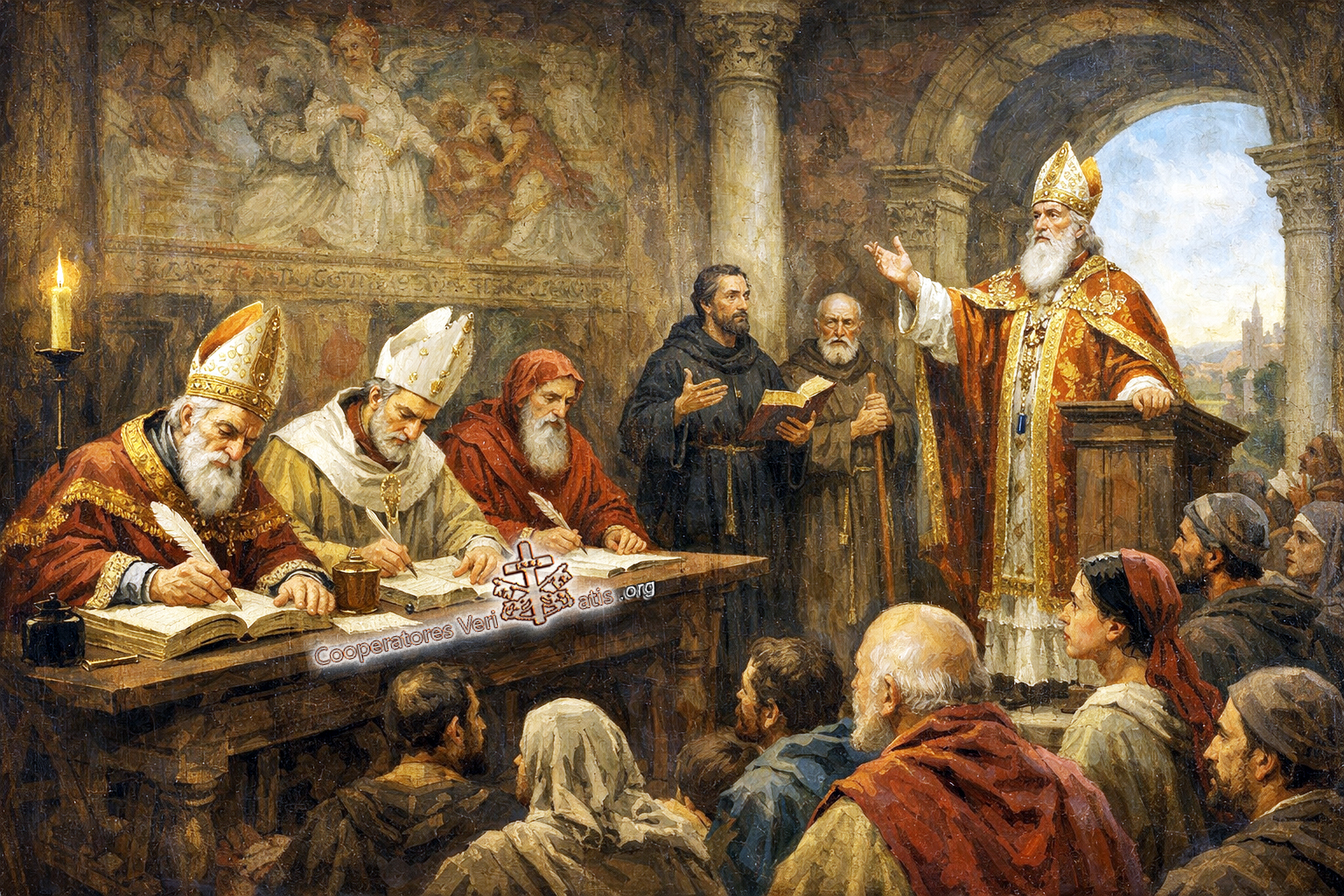One thing is certain, Plymouth Rock is not Plymouth Rock!
The irony of all of this is that such foundational elements of the accepted Protestant and Anglo historical narrative should be so historically dubious while the well documented and historically certain Catholic and Spanish history should be so roundly ignored and even rejected.
Here's the supreme irony: Saint Peter is the Rock! No Pope, no Rock!
Every self-respecting American should look into our common Catholic history and heritage, which is undeniable, in America and in world civilization. We take history most seriously because everything depends on the historical reality of God in the Flesh, Jesus Christ our Blessed Lord! Christ changed Simon, son of John, to Cephas (Latin: "Petrus", [Peter]): "Rock", thereby making him the touchstone of truth, including historical accuracy.
This reflection is by way of response to my previous post on the first Thanksgiving, to add fuel to that fire of Catholic historical rigor!
N.B. Just my little part in helping to indicate and correct the Black Legend. When lies are so roundly accepted as truth the anarchists rise up in fury! Even the demons react! Christ says that the very stones would speak to correct the false ignorance and denials of truth. (Cf. Luke 19:40)
Anarchists Deface Plymouth Rock
by WILLIAM BIGELOW15 Jan 2014
Plymouth Rock, the archetypal symbol of the Pilgrims’ arrival in America, was defaced earlier this week with the word “LIES” spray-painted on it. The perpetrators also wrote an obscene figure, the phrase “For a drug filled world” and what appeared to be the anarchist symbol on the granite walls surrounding the rock.
The history of Plymouth Rock starts with its representation as the site of the Pilgrims’ landing in 1620. The Pilgrims had already landed in Cape Cod in November of 1620 before sailing to Plymouth, and there is no historical record of the Pilgrims claiming Plymouth Rock as their place of disembarkation. But in 1741, the 10-ton boulder in Plymouth Harbor was identified as the historic landing place by 94-year old Thomas Faunce, who said his father and other Mayflower passengers who had arrived in Plymouth in 1623 told him that Plymouth Rock was indeed the site of the Pilgrims’ landing.
By the time of the American Revolution, Plymouth Rock had already assumed legendary status. In 1774, colonists tried to move the rock from the harbor to a liberty pole, but it broke into two pieces. Some colonists interpreted the split as a sign that America should sever from England. The bottom of the rock was left on the shore while the top was moved to the town square.
On July 4, 1834, Independence Day, Plymouth Rock was moved again to the front lawn of the Pilgrim Hall Museum. Again, it was broken in two places. The piece at the harbor was given a canopy in the 1860s, but in order for that rock to fit inside the new monument, it was trimmed. Later, it was revealed that a 400-pound slab sliced off was being used as a doorstep on a local historic house. By 1880, the top of the rock was reunited with the bottom at the harbor, and the date “1620” was carved on the stone’s surface. It now rests on the sand in an enclosure.
More than a million people visit Plymouth Rock each year.
Luke 19:37And when he was now coming near the descent of mount Olivet, the whole multitude of his disciples began with joy to praise God with a loud voice, for all the mighty works they had seen,
38Saying: Blessed be the king who cometh in the name of the Lord, peace in heaven, and glory on high!











%2010.51.46%E2%80%AFa.%C2%A0m..png)





















